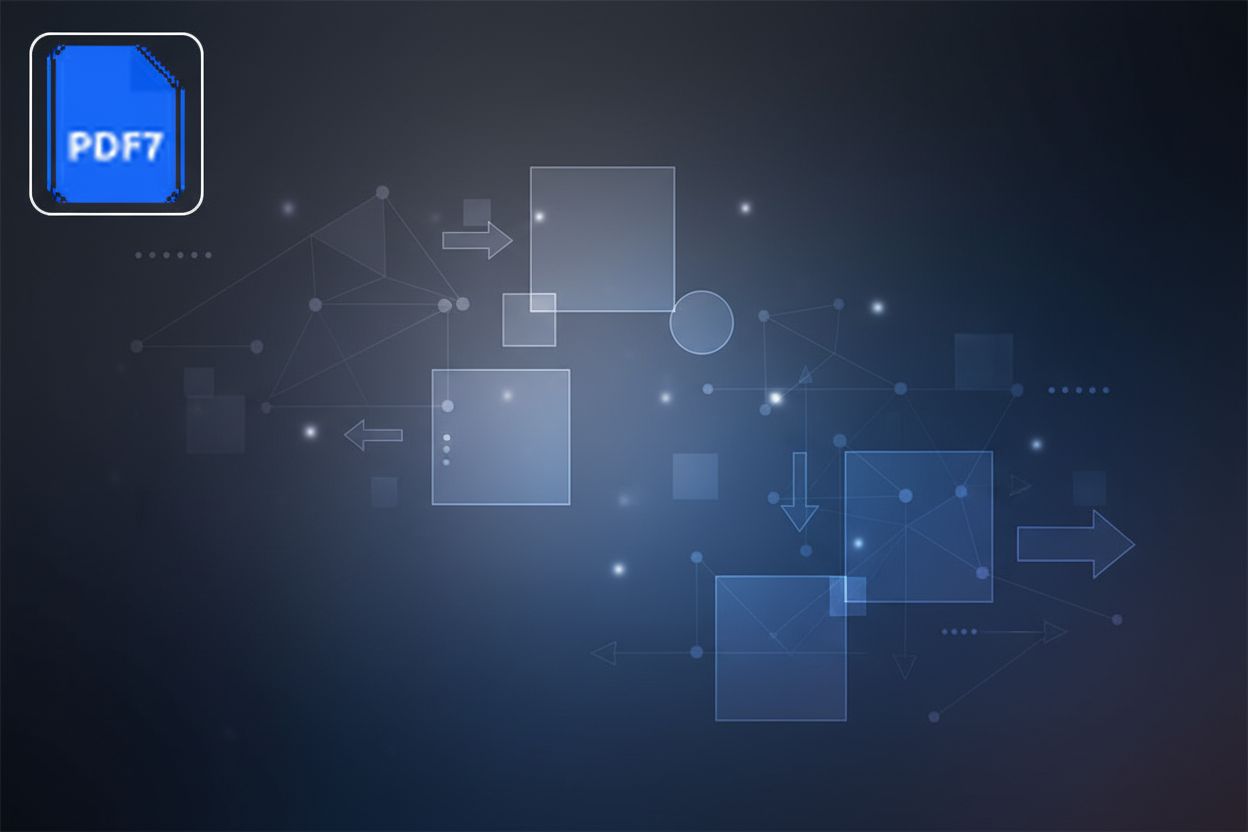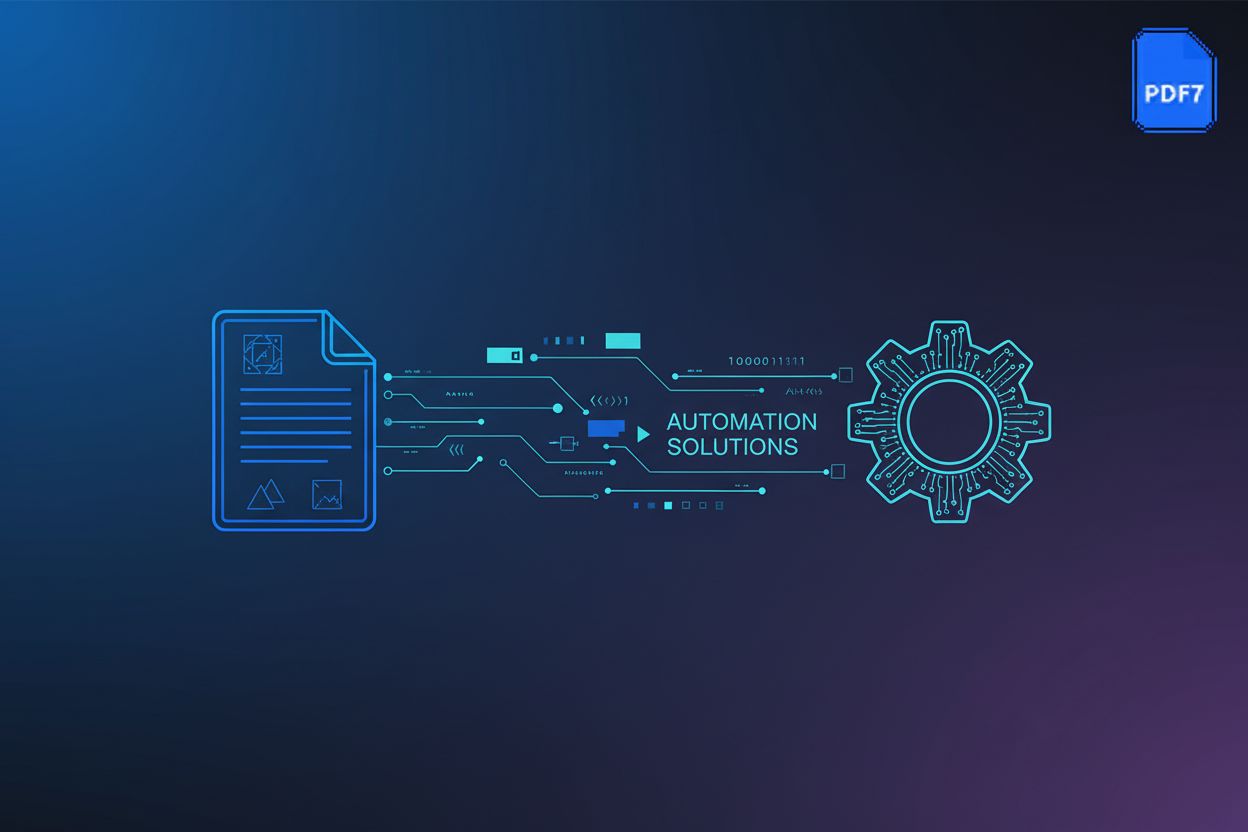Document Accessibility Compliance using AI
TL;DR
Understanding Document Accessibility and the Compliance Landscape
Alright, let's dive into document accessibility, shall we? Did you know that inaccessible documents can lock out a HUGE chunk of the population from vital info (The Hidden Accessibility Violations in Online Documents - AudioEye)? Seriously, it's kinda messed up. So, what's this all about?
Basically, document accessibility means making sure everyone, especially people with disabilities, can use your documents. We ain't just talkin' about making the font bigger. It's about ensuring documents are perceivable, operable, understandable, and robust for all users, regardless of their abilities.
- It's about ensuring folks with visual impairments can use screen readers to understand the content. Like, alt text on images is a MUST.
- It covers people with auditory disabilities, so transcripts for audio and captions for video are super important.
- It also includes people with motor and cognitive disabilities--think about proper navigation, keyboard accessibility, and clear, simple language.
There's some rules you gotta know about, mainly Section 508 and wcag.
- Section 508 is a u.s. law that says federal agencies need to make their tech accessible. It's about making sure folks can access government info, no matter what.
- wcag, or web content accessibility guidelines, are international standards for web accessibility. These guidelines provide a framework of recommendations for making web content more accessible. They are organized into three conformance levels: Level A (the minimum), Level AA (the most commonly adopted standard), and Level AAA (the highest level of accessibility). Companies often adopt WCAG standards even if they aren't legally required to, as it demonstrates a commitment to inclusivity and can improve user experience for everyone.
- Section 508 often points to wcag for the technical details. So, yeah, they're kinda connected.
Doing all this accessibility stuff by hand? Well, it's a pain.
- Manual reviews take a TON of time and resources.
- Human error is, like, totally a thing. People makes mistakes, y'know? Plus, everyone interprets rules differently.
- And, content always changes. So, you gotta keep updating stuff. It never ends.
These challenges with manual checks highlight the need for more efficient and consistent solutions. This is where ai can step in to revolutionize the process. Now, we'll see how ai can help, as mentioned in the article from Elements Cloud, Using AI for accessibility and 508 Compliance evaluation.
How AI is Transforming Document Accessibility
Okay, so you wanna know how ai is changing the game for document accessibility? It's kinda wild how much it's improved things, right?
Well, for starters, ai is making accessibility testing way faster and more accurate. No more endless manual checks! These tools can automatically scan documents for common issues, like:
- Missing alt text on images—a total accessibility no-no.
- Poor color contrast—making it hard for people with low vision to read.
- Inaccessible forms—frustrating for users who rely on keyboard navigation.
The cool part? These tools don't just find problems; they give you detailed reports with prioritized fixes and step-by-step instructions. It's like having an accessibility expert on call 24/7!
Speaking of alt text, ai is even learning to write it for you! Using computer vision and contextual analysis, ai can generate descriptive and relevant alt text for images. The models are trained to identify image types and generate appropriate descriptions automatically, which improves speed and consistency.
What about all those old, inaccessible documents? That's where Intelligent Document Processing (IDP) comes in. IDP uses technologies like OCR, NLP, and layout analysis to extract, classify, and process data from unstructured documents, like scanned images. Crucially for accessibility, IDP can identify the document's structure, tag content correctly, and convert scanned images into machine-readable text, making them understandable for screen readers and other assistive technologies.
So, what's next, you ask? We'll take a look at how all this ai magic is helping companies stay compliant with accessibility regulations, like Section 508 and wcag.
Implementing AI for Accessibility: A Practical Guide
Did you know that just having ai isn't enough? You gotta know how to actually use it, right? Let's break down how to really make ai work for document accessibility.
First up, you wanna embed ai accessibility tools right into where you're already working.
- Think cms platforms, word processors, and even pdf editors.
- This way, you can do accessibility checks as you go, kinda like spellcheck but for accessibility.
- For example, a content creator in a marketing agency might use an ai tool integrated into their cms to check alt text on images before publishing a blog post.
Okay, so the ai finds a bunch of issues. Now what?
- Prioritize fixing stuff based on severity and impact. Like, missing alt text on a crucial image? Fix that now.
- Give clear guidance to content creators. Don't just say "fix this". Explain how.
- A healthcare provider, for instance, needs to ensure medical documents are accessible. While HIPAA primarily addresses patient data privacy, accessibility issues in medical documents can directly impact patient safety and understanding, and can also lead to non-compliance with broader accessibility mandates (like Section 508 or WCAG) that healthcare organizations must adhere to.
Picking the right tools is, like, super important.
- Look for stuff that's accurate, got the features you need, and plays nice with your existing systems.
- Think about cost, scalability, and if the vendor offers good support.
- For example, a financial institution needs ai tools that can handle complex financial reports and integrate with their document management system.
So, that's how you implement ai for accessibility. Now, let's look at some ways to make sure it stays that way.
Addressing the Risks and Limitations of AI in Accessibility
So, ai is pretty cool for accessibility, right? But like, it's not perfect. Let's talk about where things can go wrong, y'know?
ai models learn from data, and if that data is biased, the ai will be too; that's just how it is. This means that if, say, compliance decisions in the past weren't always fair, the ai could repeat those mistakes. For example, if a model is trained on documents where alt text is consistently poor for images of women, it might not generate good alt text for those images in the future.
So, yeah, you gotta be careful about picking your training data and keep an eye on things.
Sometimes, ai models are like a black box—you don't really know how they made a decision. This makes it hard to, like, audit things or even appeal if something goes wrong.
Imagine an ai flags a document as non-compliant, but you can't figure out why. It makes fixing the problem kinda impossible.
That's why explainable ai is important; it helps you understand the ai's thought process and build trust.
ai is great, but it ain't gonna replace humans completely. There's always gonna be those tricky situations where you need a person's judgment.
Like, maybe a document has some subtle accessibility issues that only a human would catch. Or what about a company with a unique case?
So, a mix of ai and human oversight is the way to go.
Okay, so we've looked at some risks, now what? Let's see how to make sure we're using ai responsibly.
The Future of AI and Document Accessibility
The future of ai in document accessibility? It's lookin' pretty bright, not gonna lie. We're talkin' about some serious advancements, folks.
- Expect ai models that really get complex document layouts and interactive stuff, it's not just about alt text, y'know? Imagine ai that can understand multi-column layouts, intricate tables, and even interactive elements within documents, generating structured content that assistive technologies can navigate seamlessly.
- Think about integration with assistive tech for, like, super personalized user experiences. Imagine a screen reader that adapts to your needs, dynamically adjusting its output based on user preferences and the document's content complexity.
- And we'll see real-time feedback systems that guide content creators AS they design. So accessibility is built-in, not bolted on. This could manifest as instant alerts and suggestions within document creation software, helping users correct accessibility issues as they type or design.
ai's gonna streamline things, cut costs, and make digital stuff more inclusive. That's a win-win-win, right?






